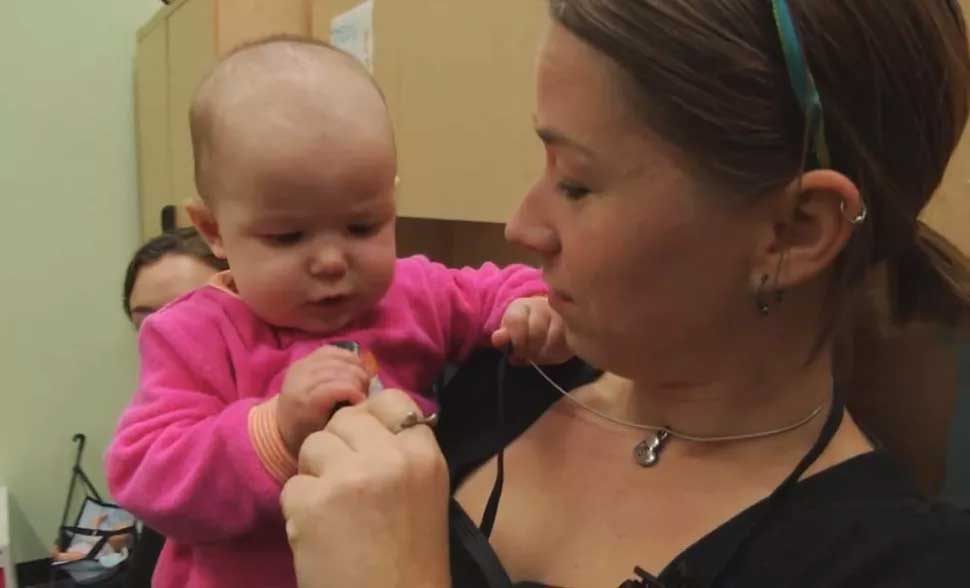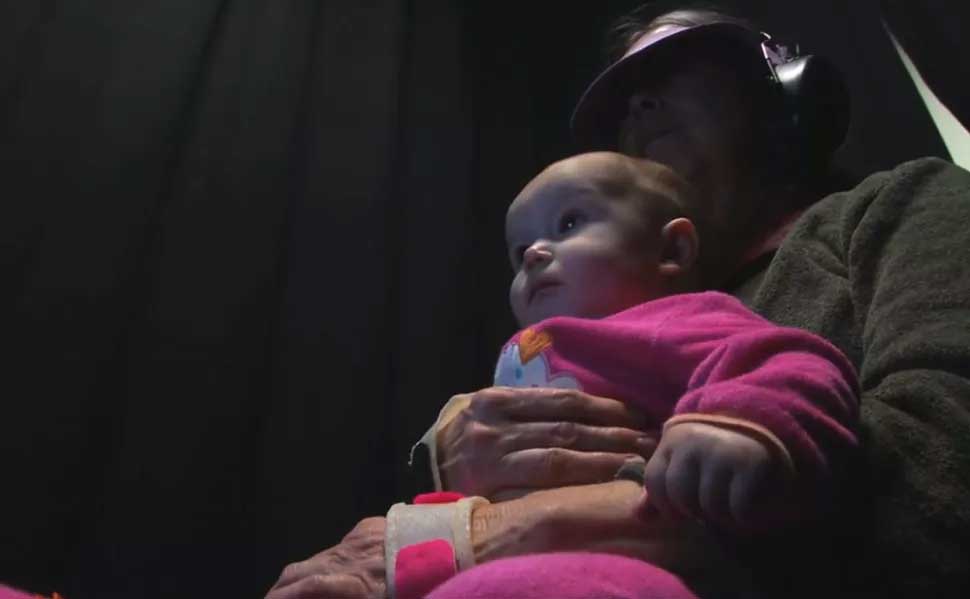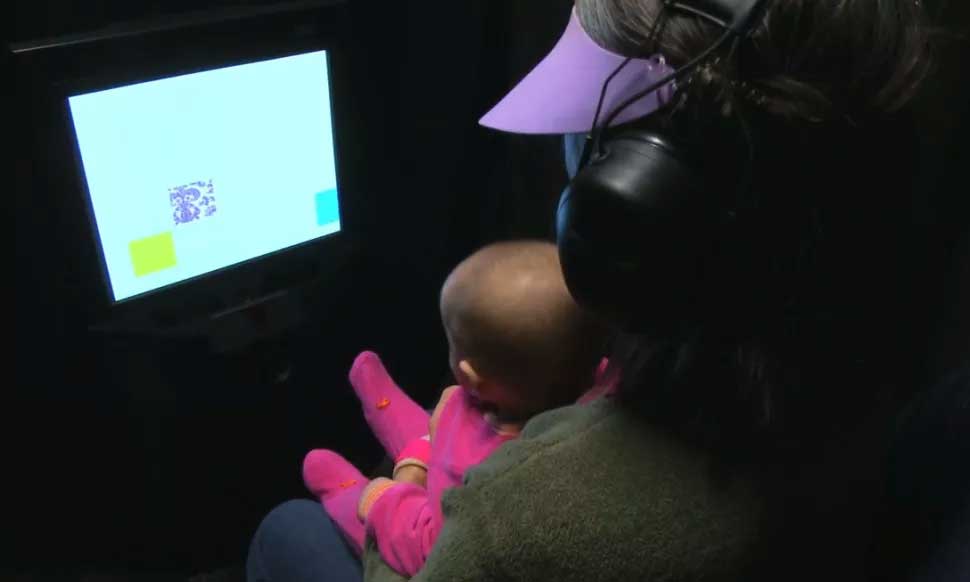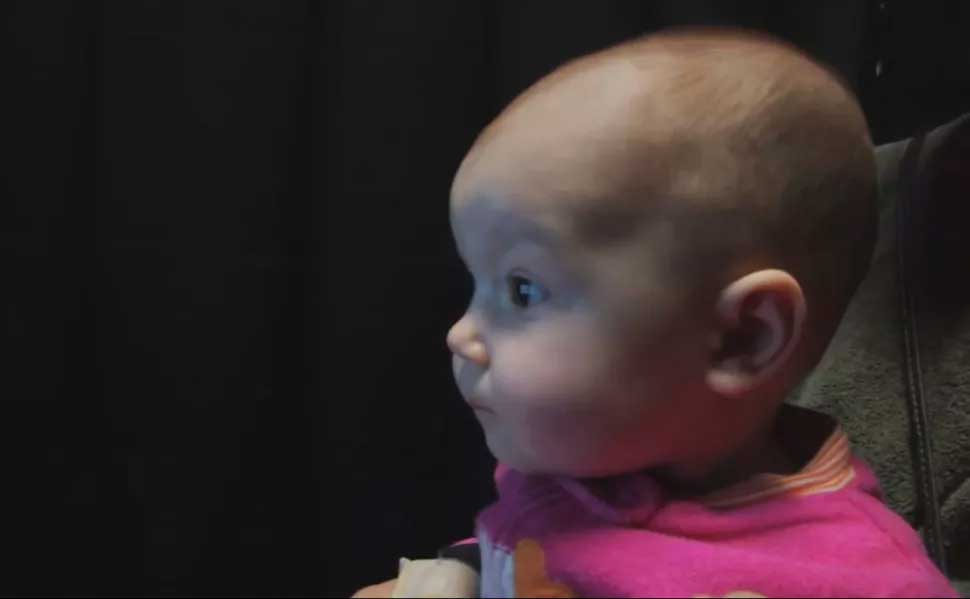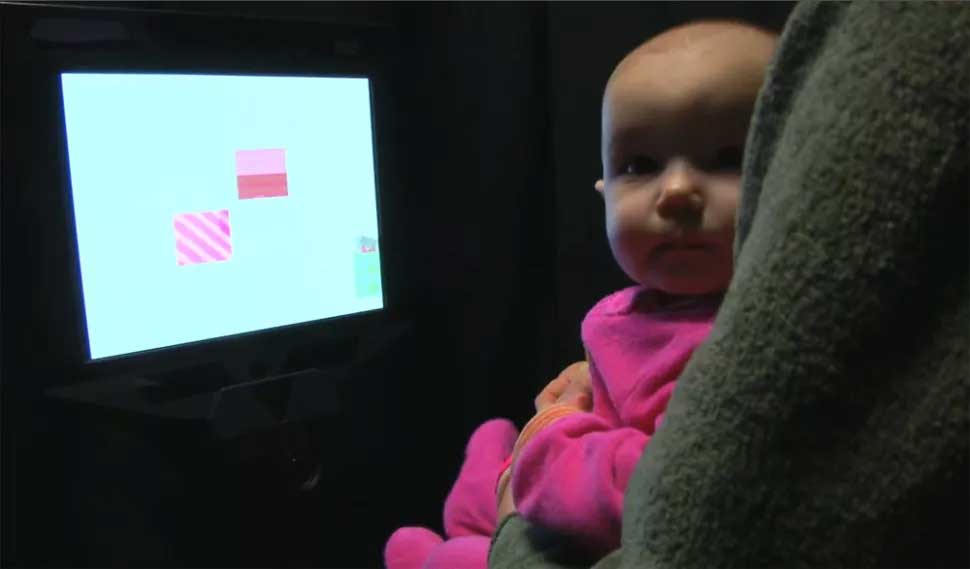Whether or not parents of bilingual children need to be consistent with their language use all the time is one of the topics that divide the opinions of mothers and fathers bringing up their children in a multilingual family. My choice of wording in the title probably makes my stand clear: yes, I do think that consistency is vital when raising a bilingual child. However, I want to hasten to add, this does not mean that children of parents who are not consistent will automatically not learn both (or all) family languages.
My opinion about the importance of consistency is based on the findings that children from families where parents are consistent in their language use are more likely to become active speakers of both (or all) the languages of the family. Note the phrase ‘are more likely to’ – it does not say ‘are the only ones who’. To increase the chances of succeeding in raising a bilingual child, I usually recommend going down the consistent language use route whenever possible.
Another reason I am an advocate for consistency is that it creates a habit. When speaking a certain language becomes a routine in a family, the language has more staying power than if it is used in a more random manner. If you manage to stick to your language with your kids, this is what they will expect you to speak to them all the time and they will answer in the same language. You will also find that elder siblings may become even greater proponents of the language consistency by correcting their younger brother or sister if they happen to speak the “wrong” one. By the way, if you would like to stay consistent more often, one way of doing it is to increase the time when you read to your children.
So yes, be as consistent as you can, but also don’t let the striving for consistency become something so rigid that it takes away the joy from speaking your language or, even worse, creates a communication barrier. Language is all about making connections and creating bonds through communication, if the opposite happens, then it is time to review how the languages are used in the family. With this, I am not saying at all that you should not try to steer your child to use the right language, for example by repeating in your language what your child just said to you in the “other” language, and thus creating a natural bridge back to the preferred one. It is about finding the right balance between the two extremes.
Every family and every parent is different – an approach which is perfect for one maybe out of the question for another. It makes me sad when I notice, for example in various forums, parents of bilingual children condemning others’ ways of raising their children by saying that the parent must stay consistent, otherwise the child will never learn the language. This is simply not true. The child may well get the consistent exposure from somewhere else, be it a grandparent, another relative, a friend, a community or activity group. As long as children are regularly and often enough in an environment where there is a real need to use a language in interaction with others, they will learn to both understand and speak it.
Also, parents have different expectations on the level of fluency they want for their children. One family may want their kids to be fluent in all the family languages and therefore decide to stay strictly consistent all the time. In another family a parent may not feel comfortable in insisting on their children using a certain language, or the parents are happy with lesser language skills. Whatever a family’s choice is, we should respect everyone’s decision – after all, some language knowledge is better than none at all!

 Persian
Persian  English
English  Arabic
Arabic 

